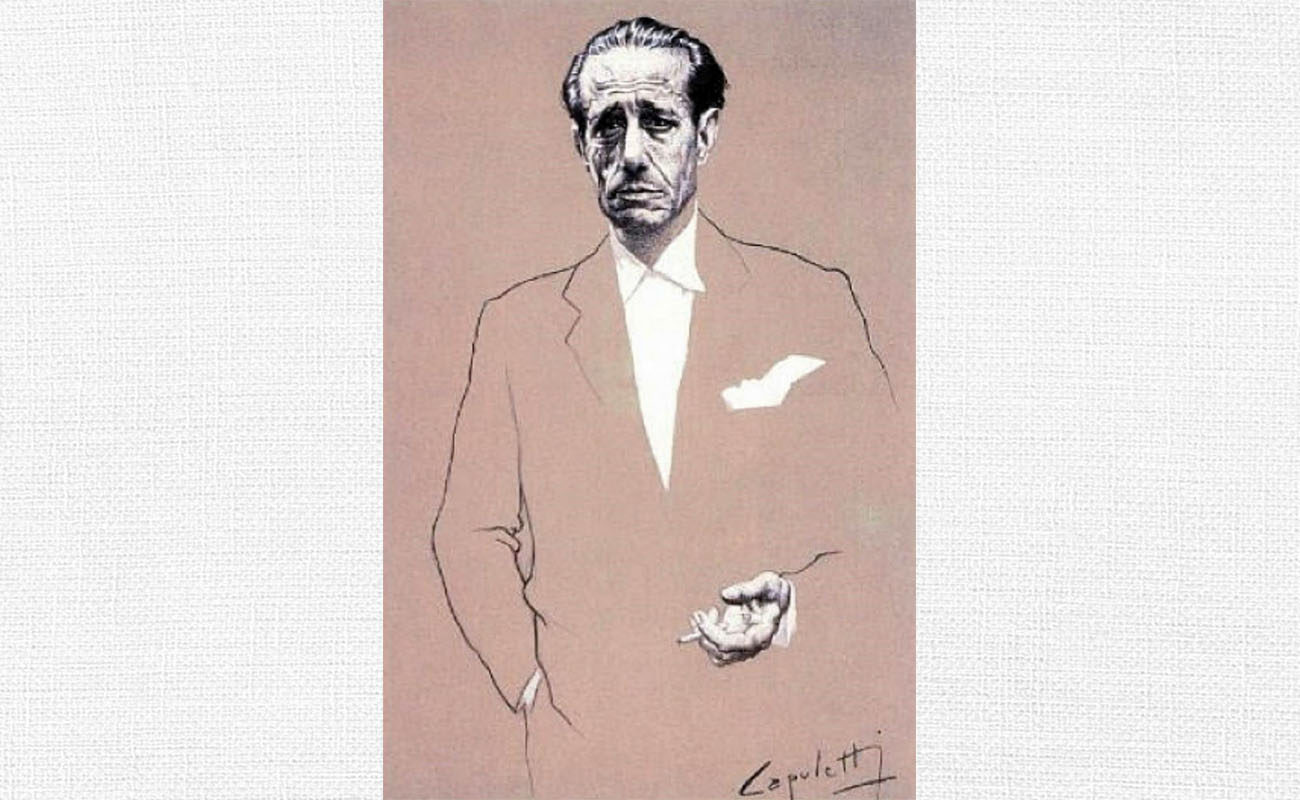Juanito Mojama: rediscovering a genius?
Jerez de la Frontera, a land of flamenco so prone to monuments, had forgotten about one of its best cantaores: Juan Valencia Carpio, whose stage name was Juanito Mojama. Known as Clarito Mojama when he started singing and dancing with uncommon artistic skill, he nonetheless died poor and forgotten, which wasn’t uncommon those days when, with a few exceptions, a

Jerez de la Frontera, a land of flamenco so prone to monuments, had forgotten about one of its best cantaores: Juan Valencia Carpio, whose stage name was Juanito Mojama. Known as Clarito Mojama when he started singing and dancing with uncommon artistic skill, he nonetheless died poor and forgotten, which wasn’t uncommon those days when, with a few exceptions, a flamenco cantaorwas nothing. Juanito Mojama was a gypsy and he was born on Honsario Street, in the Barrio Santiago neighbourhood of Jerez. Naturally, his family was poor, as were all gypsies in Barrio Santiago. He was born a year after Manuel Vallejo and two years after Niña de los Peines. Chacón, also from Jerez and one of his role models, was already revolutionizing cante, and another revolutionary from Jerez who also became Mojama’s role model, Manuel Torres, was just 12 years old. Like many other artists of this land, Mojama emigrated to Seville and Madrid to make a living out of cante. In 1912, he already worked in venues of the Spanish capital such as Fornos, Villa Rosa and Los Gabrieles, sponsored by Chacón, who always considered Mojama a worthy disciple. In those days, it wasn’t easy to stand out because there were many really good cantaores in Madrid, from Chacón himself, who was the king, to José Cepero, Fernando el Herrero or Manuel Escacena.
Mojama made a living mainly by singing and dancing at parties for a few coins, like everyone else. Juan Valderrama, who knew him well, once told me that watching him sing and dance was quite a show, as he would contort his small body when singing by seguiriyas, and would stand up with arms raised when singing by bulerias, often confusing the cuadrodue to his peculiar way of setting the pace and dance. Unfortunately, his discography, which is rather limited – eighteen cantes, about one hour of playtime – doesn’t capture all his vocal range, but it gives us an idea of which kind of cantaor he was. It was all recorded between 1928 and 1939, at the top of his faculties and maturity, so he left us true jewels in soleares, seguiriyas, tarantas, tientos, granaínas, alegrías and caracoles. After the Spanish Civil War of 1936, the cantaorfrom Jerez started to have problems and he had a hard time in Madrid, having to earn a living doing whatever he could. He died, poor and forgotten, in 1957, five years after Tomás Pavónpassed away, and three years before his great friend Vallejo died. After his death, Mojama fell in the most absolute oblivion, maybe because his records were out of reach for the aficionados and academics, or maybe due to the aficionados’ change of taste in cante. The truth is that until just a few years ago, Mojama only lived in the memory of a few artists and old school aficionados. He was someone who was talked about, but whose short yet important discography remained unknown. Sixty-five years after Mojama left with Chacón and Manuel Torres, Jerez will recognize his mastery and his works in November, during the 1st International Congress of Cádiz University, under the title “Moderninty in the Cante of Juan Mojama. Rediscovering a Genius”.
In his time, he wasn’t considered a genius at all, maybe because there were several geniuses in cantein his days, but nowadays when people talk about Juan Mojama, they do so with veneration. Whether or not he was a genius of cante is beside the point, because being a genius is something else. The important thing is that Jerez will justly celebrate one of its best cantaores, and while doing so it will certainly also feature other brilliant flamenco artists who now sleep under the heavy gravestone of oblivion, such as Loco Mateo, Antonio Frijones, el Chato, Salvaorillo, Carito, la Serneta, Isabelita de Jerez, Juana la Macarrona, Antonio Sol or el Sernita.






